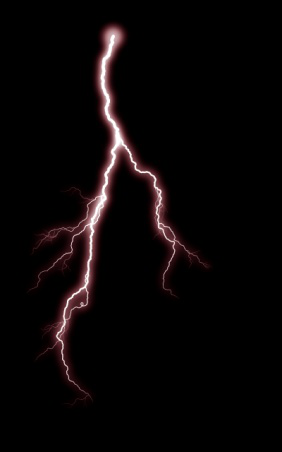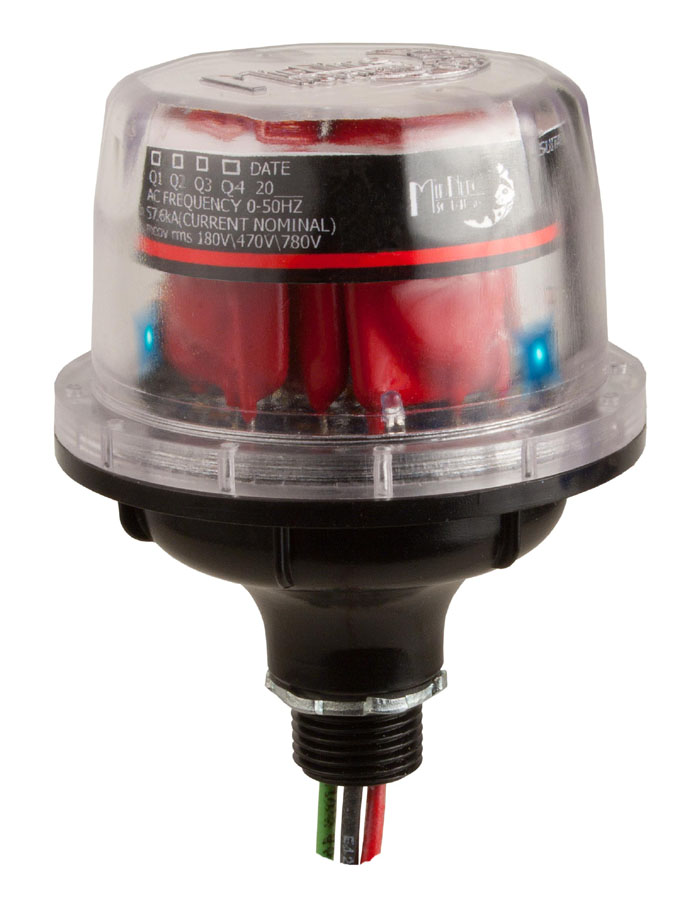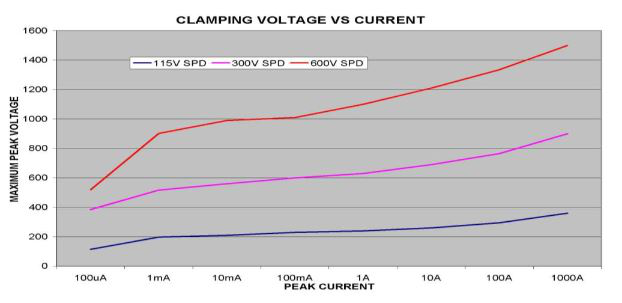 No doubt, over the course of your sailing years, you may have experienced, or know someone that has experienced, their boat getting directly or indirectly hit by a lightning strike. This phenomenon tends to be more prevalent around sailboats due to their high reaching masts.
No doubt, over the course of your sailing years, you may have experienced, or know someone that has experienced, their boat getting directly or indirectly hit by a lightning strike. This phenomenon tends to be more prevalent around sailboats due to their high reaching masts.
If a boat is hit directly with a lightning strike is usually very catastrophic taking out almost all onboard electronics, affecting the electrical equipment and sometimes even starting a fire or tragically sometimes there is a loss of life. A direct lightning strike is something that is difficult to avoid or protect against.
As it turns out many neighboring boats are effected by lightning strikes as well. The energy of the lightning bolt pulse is so strong that it will transmit and induce a high voltage transient into the vessels wiring causing direct damage to equipment (such as the plotter, radar, radios, inverters, etc.).
 There is a solution that is available that most Mariners are not aware of that can greatly reduce the effects of associate lightning strikes to their onboard equipment. This can be very valuable when sailing offshore or in areas where technical support or equipment replacement becomes extremely difficult and costly. The addition of a simple, maintenance free, Surge Protection Device (SPD) connected into the electrical system will help clamp high voltage transients from getting to the equipment.
There is a solution that is available that most Mariners are not aware of that can greatly reduce the effects of associate lightning strikes to their onboard equipment. This can be very valuable when sailing offshore or in areas where technical support or equipment replacement becomes extremely difficult and costly. The addition of a simple, maintenance free, Surge Protection Device (SPD) connected into the electrical system will help clamp high voltage transients from getting to the equipment.
How Lightning invades your boat
 The basics of a lightning strike are as follows: the lightning strikes in the immediate area causing a high voltage spike induced into electrical wires resulting in high-voltage transient which feeds into the electronic equipment. The lightning transient will typically make its way in through the grounding system and not through the nominal DC voltage present as one would think. Most professionally manufactured equipment has the ability to withstand over 2000 V of isolation (frame to ground). Installing a surge protection device will clamp this high-voltage spike protecting the valuable equipment on board.
The basics of a lightning strike are as follows: the lightning strikes in the immediate area causing a high voltage spike induced into electrical wires resulting in high-voltage transient which feeds into the electronic equipment. The lightning transient will typically make its way in through the grounding system and not through the nominal DC voltage present as one would think. Most professionally manufactured equipment has the ability to withstand over 2000 V of isolation (frame to ground). Installing a surge protection device will clamp this high-voltage spike protecting the valuable equipment on board.
How does it work?
The Suppressor Device sits across the electrical circuit (like the 12VDC & ships ground wires that feed your plotter). When the transient voltage rises above its clamping level, it begins to turn on absorbing the lightning energy pulse thereby reducing the high-voltage exposed to the equipment. The energy is absorbed into the suppressor and circuit wiring. If the lightning strike is excessive, it could overpower the suppressor causing it to fail (sacrificial lamb). So it SPD tends not to be a perfect solution but one that can provide a good insurance policy of protection especially on indirect lightning strikes. The attached graph (courtesy of Midnight Solar) shows the clamping voltage for their three different SPD models which clamp the voltage well below the 2000V which most pieces of equipment are designed can handle.
Surge Suppressor Types
There are several suppressor design types in the marketplace. Some utilize a “spark gap” topology which is usually enclosed in a sealed container surrounded by sand. These devices are for catastrophic conditions and do not have the consistent clamping capability found in “active” devices. Active devices use components, such as a metal oxide varistor (MOV’s), which is a semiconductor device. The varistor will turn on at a specific voltage placing a “load” on the circuit which results in the clamping of the transient pulse. If the voltage continues to rise (due to excessive energy because it’s a big transient) it becomes more conductive increasing clamping. This phenomenon, the active suppressors, are more predictable at predefined voltages and can absorb proportionally the energy pulse unless, of course, a catastrophic energy pulse is present forcing the failure of the SPD. In short these active devices are able to protect the equipment more effectively and reliably, and can do so without destroying itself (most of the time).
Where the SPD’s work
On DC circuits, such as a 12 V system, the SPD would be hooked onto the ships ground and across the DC battery system, preferably at or near the location of the equipment feed. Several suppressors may be necessary on a typical boat installation based on the equipment and circuits. Solar systems and wind generators can receive a nearby lightning strike spike channeling it directly into the onboard equipment. e Marine recommends the installation of suppressors (SPD) on the input / output circuits of these devices to protect the regulators as well as limiting the pulse from entering other shipboard equipment.
AC circuits (120 VAC) on-board are also susceptible to surges and transients. High-voltage transients entering through dock power can affect the ships battery charging systems, inverters, TV’s, microwave oven, computers and other electronics. The same SPD can be used to protect from these conditions by connecting them into the input side of the shore power, where connections are made into the distribution panel. Besides protecting against transients from local lightning strikes they will also help to protect against transients that may be generated from dock power which is also a common occurrence, especially if you are connected at the end of a long dock.
e Marine is pleased to offer the Midnight Solar Suppressors because they offer an active design which is housed in a 4X rated (water rated) enclosure making them superb for installations on a boat. They are available in 3 voltage ratings (115, 300 & 600). Additionally there is a blue indicator LED that shows it is actively monitoring and protecting. The SPD’s come with a 5 year warranty and can be rebuilt, if necessary, making them a smart investment. Special note that these are easy to install, nothing to set up or maintain